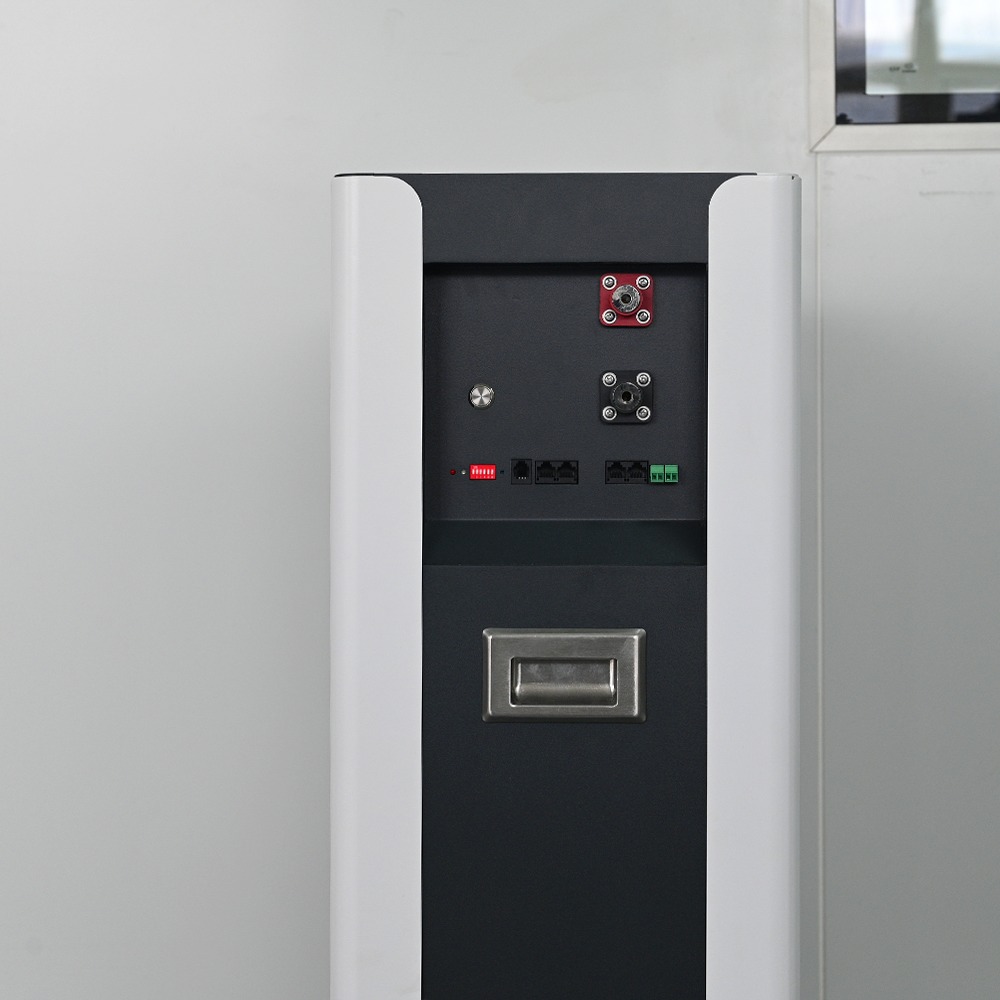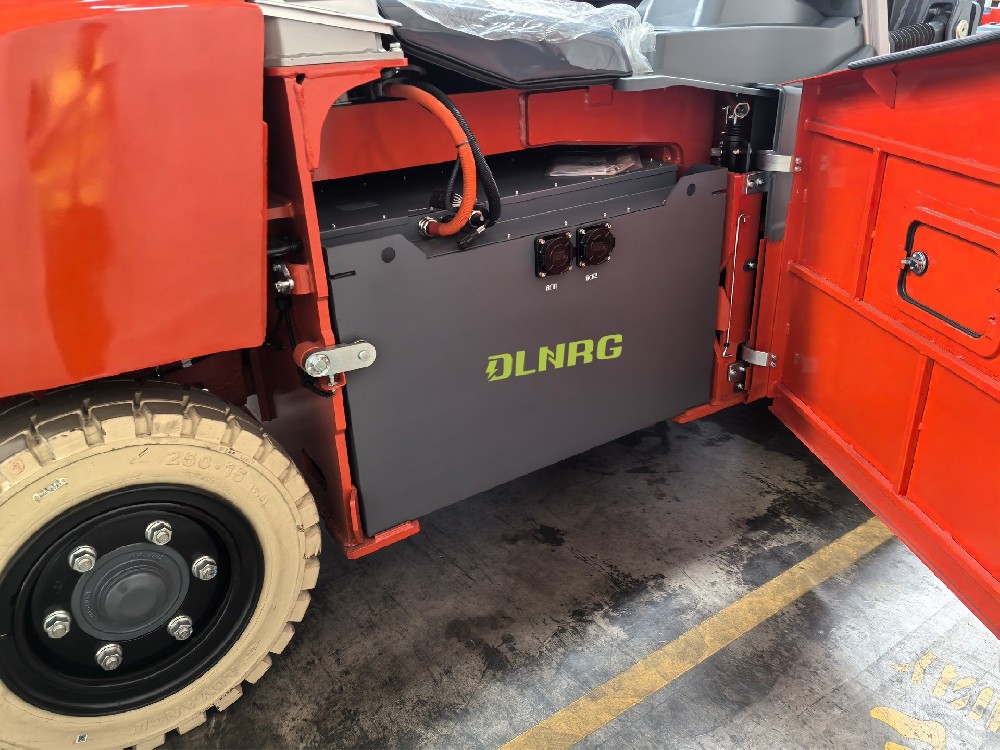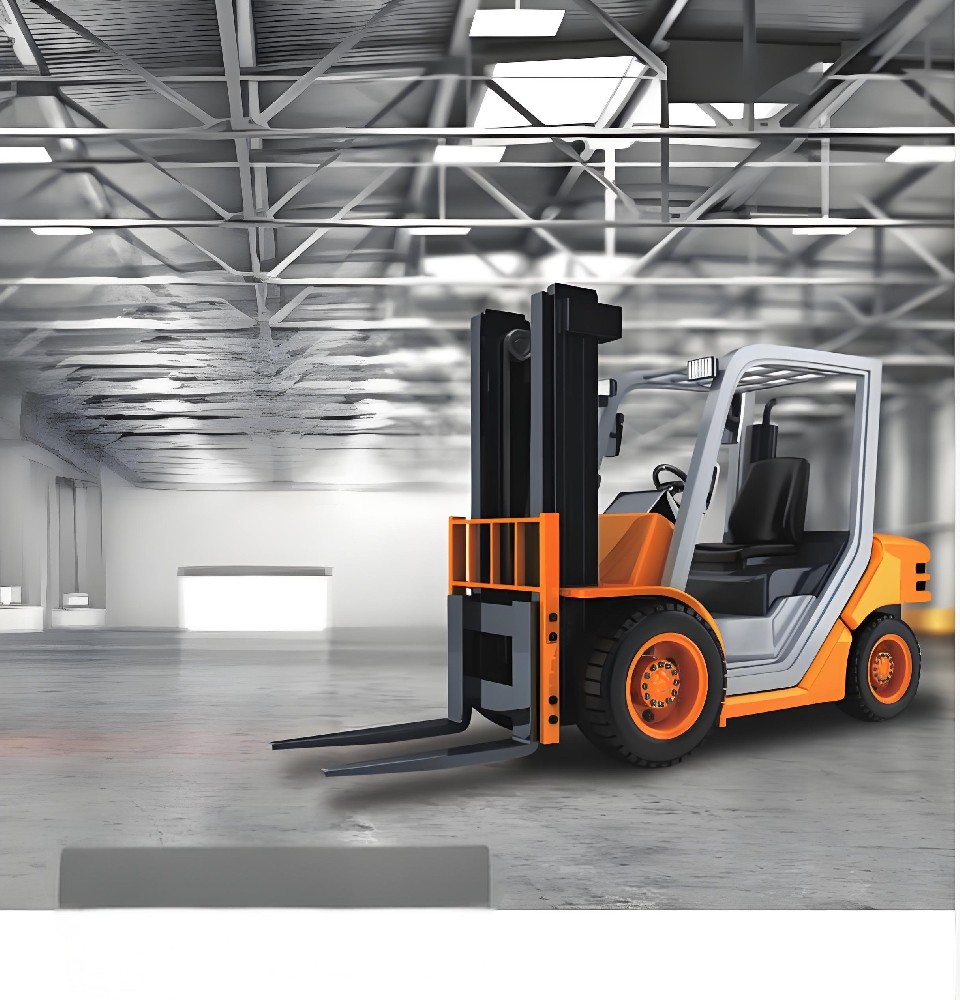Driven by the rise of e-commerce, fueled by increased competition, and driven by technological innovation, modern warehouses have come into focus, handling tasks more complex than simple storage.
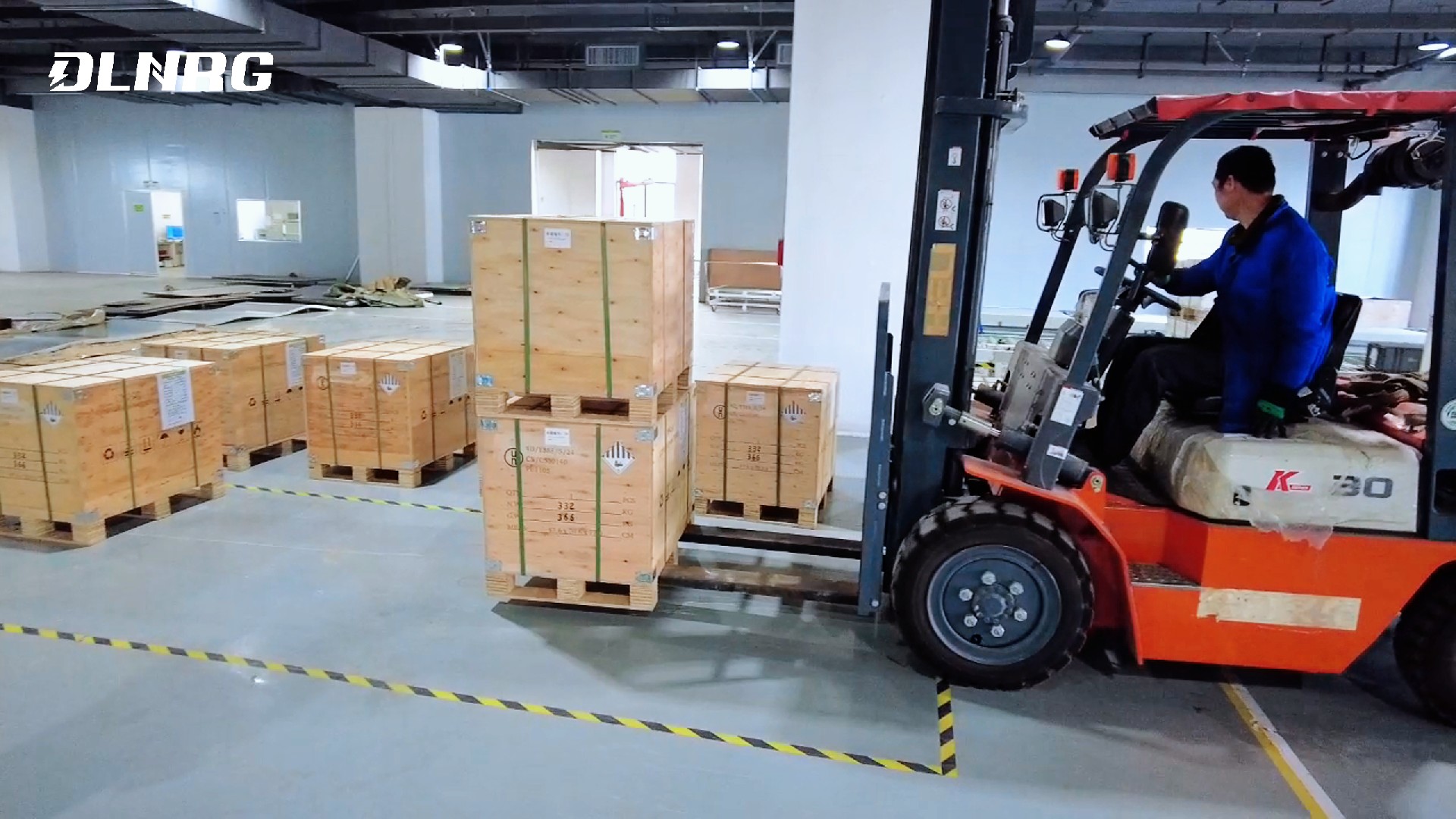
In this article, we’ll look at the key trends and challenges in the warehousing industry that have led to this shift. We’ll then explore how innovation, particularly in material handling equipment and alternative powertrains, is providing effective solutions to these trends and challenges.
The Creation of the Modern Consumer
The rise of Amazon and e-commerce has given consumers more choices. As a result, warehouses and distribution centers now have to handle many different types of materials and products in a variety of stock keeping units (SKUs). At the same time, these facilities must also maintain peak efficiency in their operations, but without sacrificing operational flexibility.
To handle a greater number and variety of SKUs, warehouses need more storage space. But horizontal expansion is often cost-prohibitive for budget-conscious executives. In fact, as Modern Materials Handling reports, the trend is to reduce warehouse footprint because doing so can save up to 65% in operating costs.
One way warehouses are looking to expand storage capacity without increasing floor space is to build taller racks. Whereas in the 1970s, the typical rack height was 20 feet, the evolving standard is a whopping 36 feet. This upward growth has brought particular benefits in space-constrained, expensive areas like Los Angeles, where First 36 Logistics Center is one of the latest warehouses to adopt this new, taller rack configuration.
Another strategy warehouses are adopting is to reduce the space between aisles in order to fit more racks in the same space. This has led to the advent of very narrow aisles (VNA), which can increase storage capacity by 40% to 50%.
The result of these two warehousing trends is an expanding demand for material handling equipment designed to reach new heights and fit into new, smaller spaces. As a result, high-mast reach trucks and very narrow aisle machines, such as articulated and swing-mast forklifts, are becoming increasingly popular in modern warehouses.
How Industrial Lithium Batteries Help Warehouses Increase Storage Space
Lithium-ion industrial batteries are particularly well suited to help warehouses adapt to the dual trends of reducing facility footprint while increasing reliance on specialized material handling equipment.
First, using lithium-ion batteries eliminates the need for expensive battery storage areas. This allows companies to repurpose existing industrial battery warehouse space to accommodate more storage space, or eliminate future construction costs altogether.
The underlying reason is that lithium-ion batteries run longer and have faster charging cycles than lead-acid industrial forklift batteries. As a result, batteries don’t need to be replaced multiple times per shift, eliminating both the need for spare batteries and the space to store them.
One company that has benefited from this is Allan Brothers, a fruit producer in Washington state. They saved $440,000 in construction costs for new storage space for lead-acid batteries by switching their fleet of forklifts to lithium-ion batteries.
In addition to the space-saving benefits, lithium-ion batteries are also able to work on a wide range of specialized material handling equipment, such as the high-mast reach trucks and articulated forklifts mentioned earlier.
In fact, DLNRG, one of China’s top lithium battery manufacturers, has more than 550 lithium-ion battery models to fit nearly any type of machine. Even better, they fit into standard battery bay sizes and connect to existing electrical systems, so no expensive modifications are needed to accommodate them.
The demands of modern consumers have given rise to another trend in the warehousing industry: the shift from centralized warehouses to regional centers. Warehouses have felt compelled to make this change to shorten delivery times, given the two-day delivery expectations established years ago by Amazon Prime.
However, in the process of getting closer to their customer base, warehouse supervisors have discovered two issues: a shortage of workers, and the high cost of recruiting, hiring, and training workers.
Both of these issues have become more acute recently given the ongoing impact of the COVID-19 pandemic. The resulting pressure has forced facilities to increase wages to recruit and retain scarce warehouse workers, further straining their already strained budgets. Leading the way in this regard is Amazon, which recently raised wages to $17 per hour to attract workers to its distribution centers.
In order to reduce reliance on expensive and hard-to-get labor while maximizing productivity to meet consumer demand, many warehouses are increasing their use of automated guided vehicles (AGVs).
One company that has found great use for AGVs is Oxford Cold Storage, which reports benefits such as savings on utility bills, reduced wage costs, and improved order picking accuracy.
How Lithium-Ion Batteries Help Plants Achieve Maximum Productivity with Automated Material Handling Equipme
AGVs are electric vehicles and therefore require battery power. Where lithium battery systems really shine is in their compatibility with AGVs and other automated equipment. There are a number of reasons for this.
First, lithium-ion batteries have a fast-charging capability that allows for extended use without the shortened battery life of lead-acid forklift batteries due to occasional charging. In fact, lithium battery cycles can span 4,000 charging cycles, compared to 1,500 for lead-acid batteries.
In addition, using lithium-ion power means having a maintenance-free battery system that does not require the routine maintenance that is required with lead-acid batteries. If a problem does arise, an integrated battery management system can immediately alert facility operators so that corrective action can be taken.
One company that has particularly benefited from using lithium-ion batteries in its AGVs is Spirit AeroSystems, an aerospace structure manufacturer that relies heavily on material handling equipment to meet the needs of its manufacturing processes.
Since starting to use lithium-ion batteries, the main benefit Spirit has realized is a reduction in charging time to 1 to 1.5 hours, with charging once or twice per day. Lead-acid batteries, on the other hand, require charging six times a day, 30 to 40 minutes each time. The reduction in idle time can increase productivity, adding thousands of dollars to the operating budget.
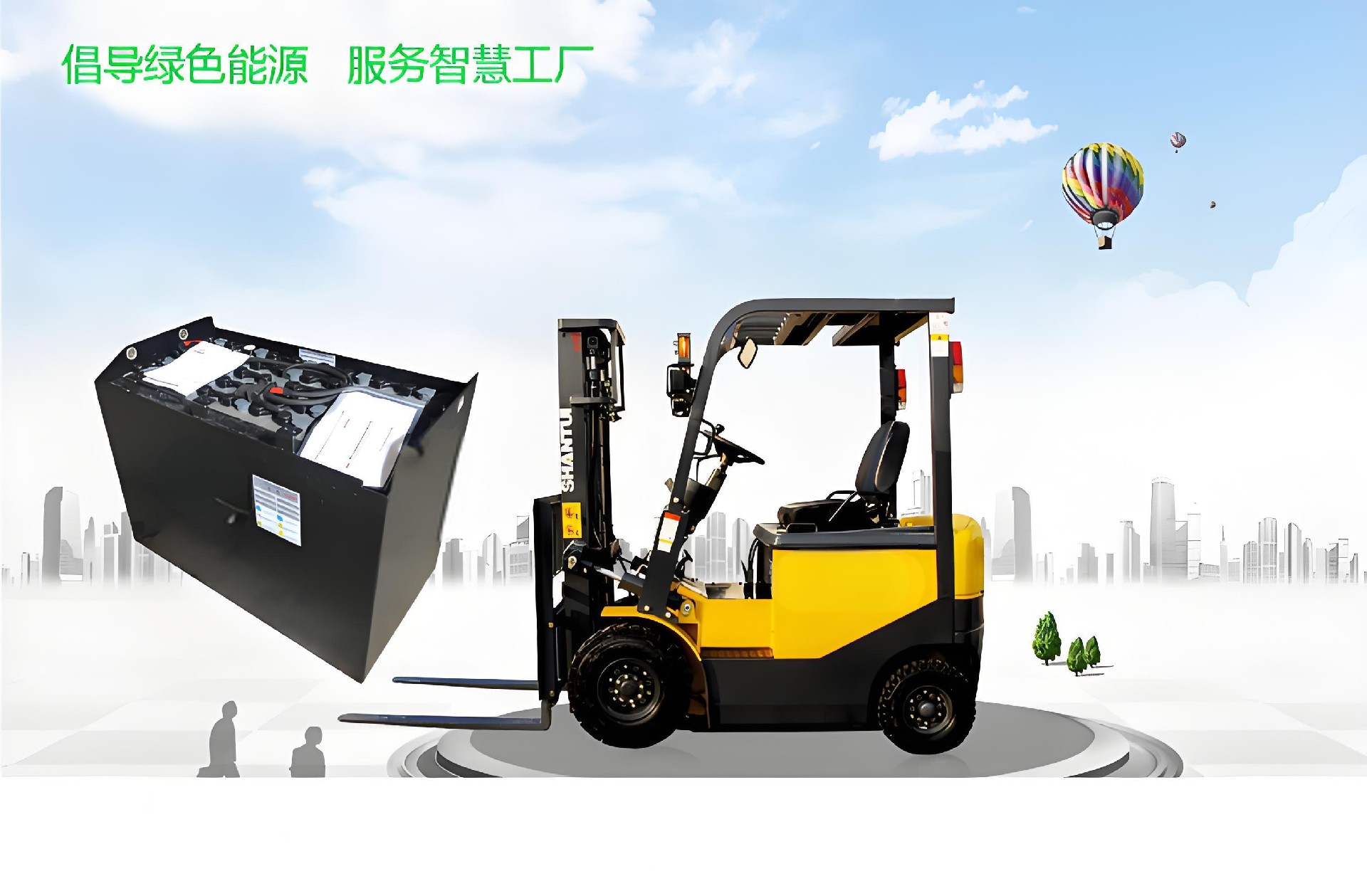
Conclusion
The warehousing industry has undergone a transformation in recent years. Emerging trends have put unprecedented pressure on existing structures and solutions, forcing changes in the functions and configurations of modern warehouses.
Much of this change has been driven by emerging technologies, especially new generation power systems such as lithium-ion batteries. For companies that need to keep up with the pace of modern business, adopting lithium-ion technology solutions can be a major step forward.


